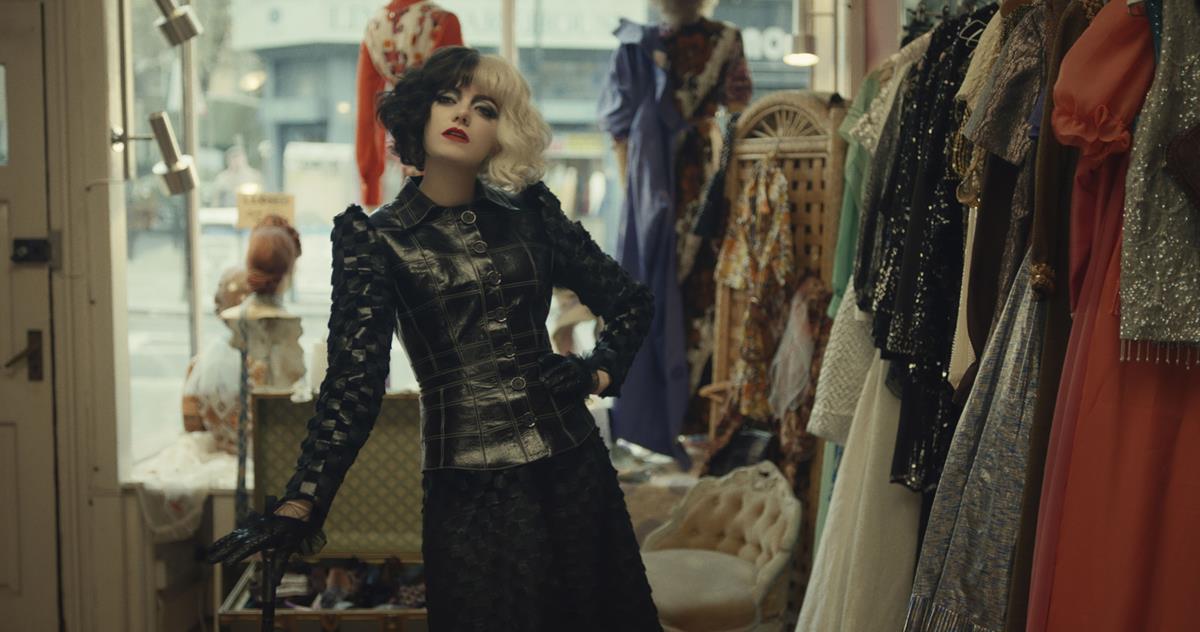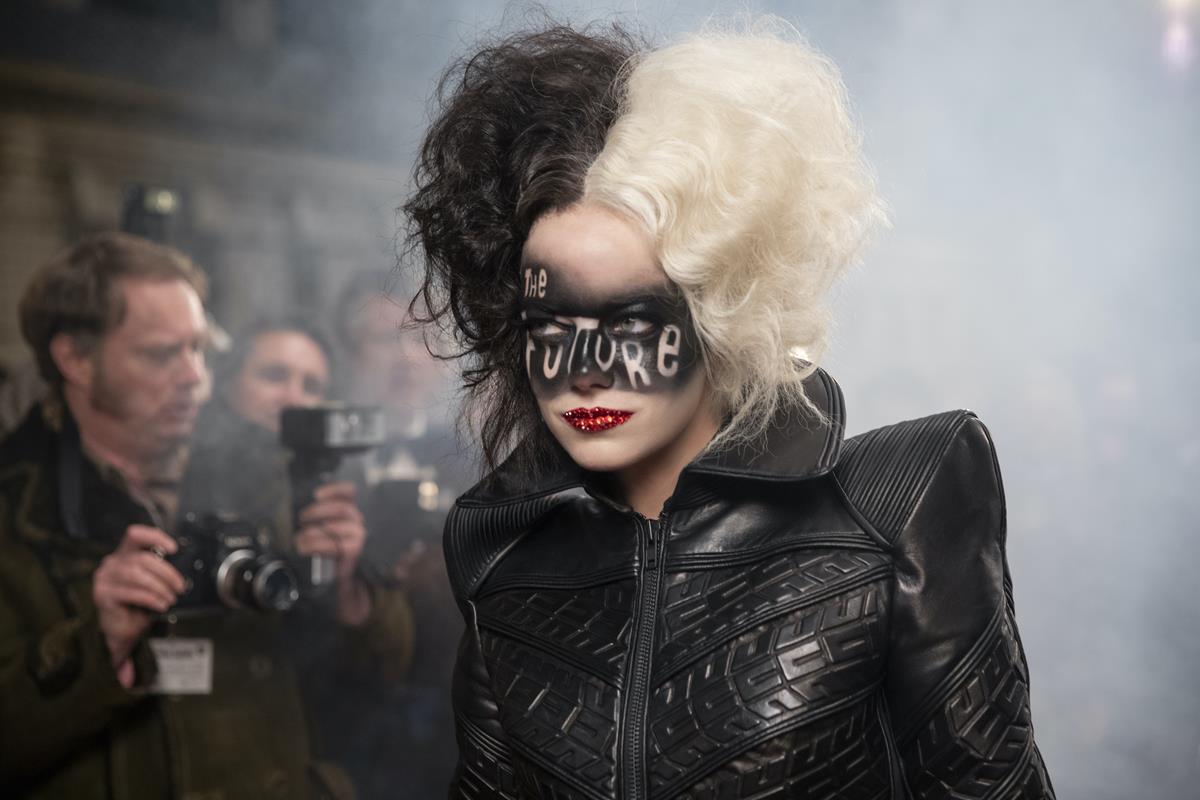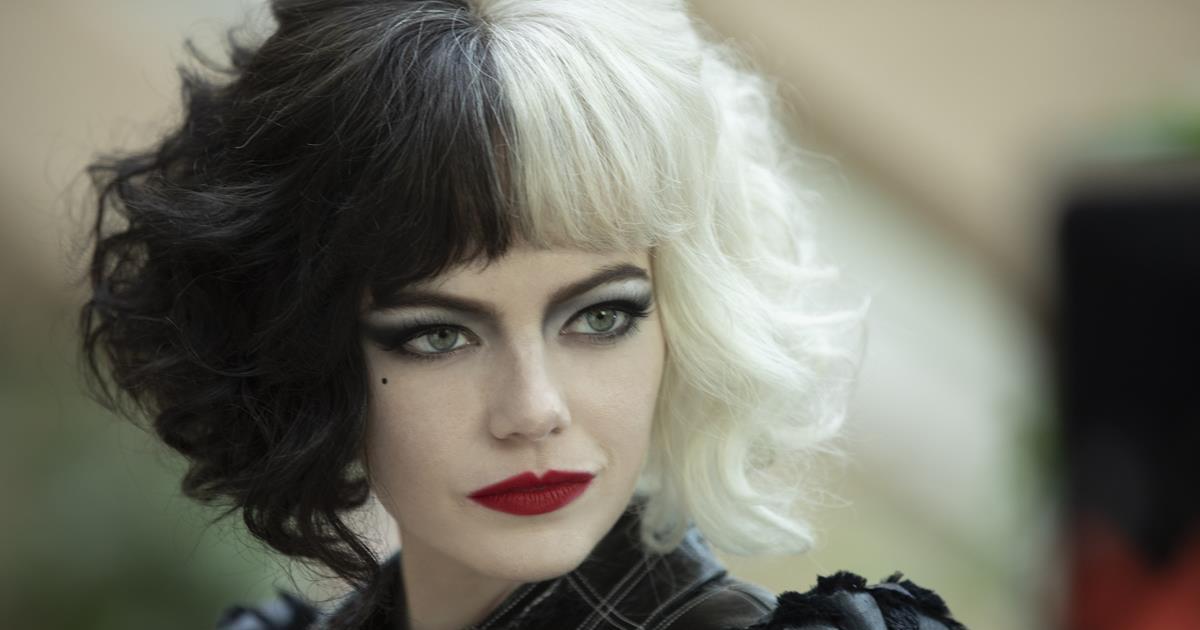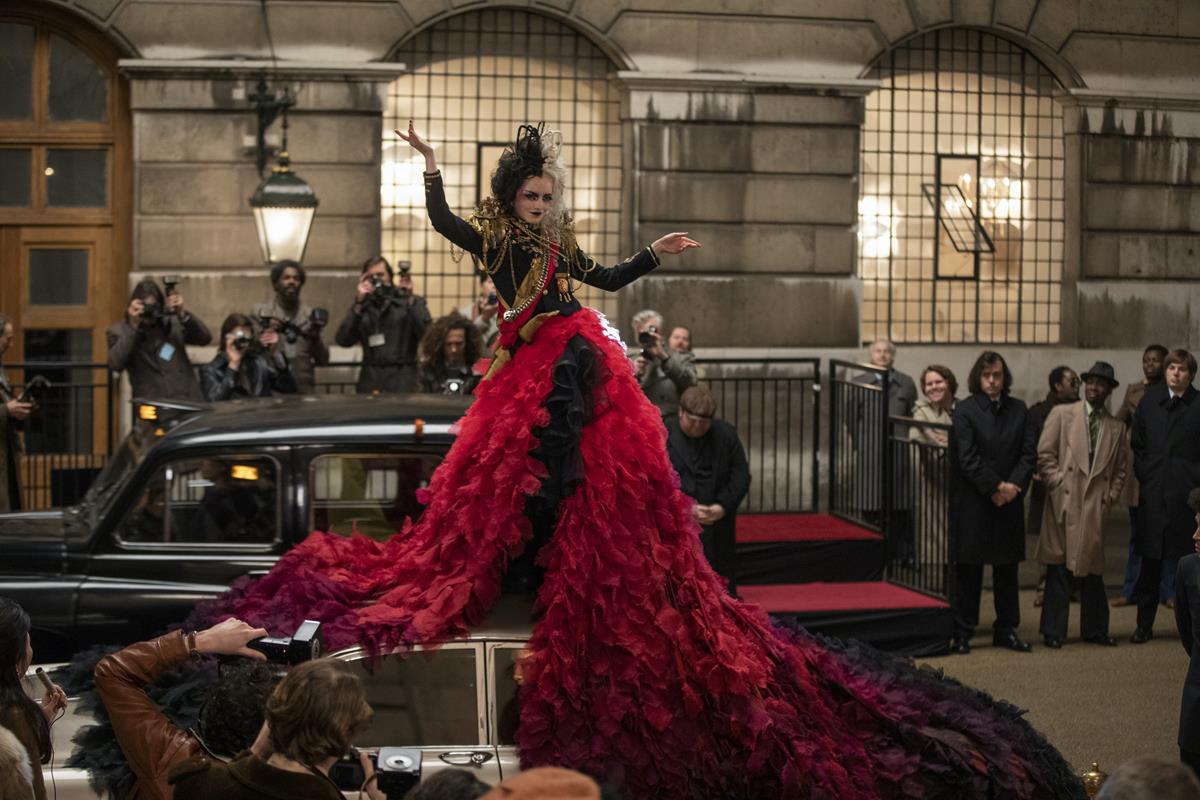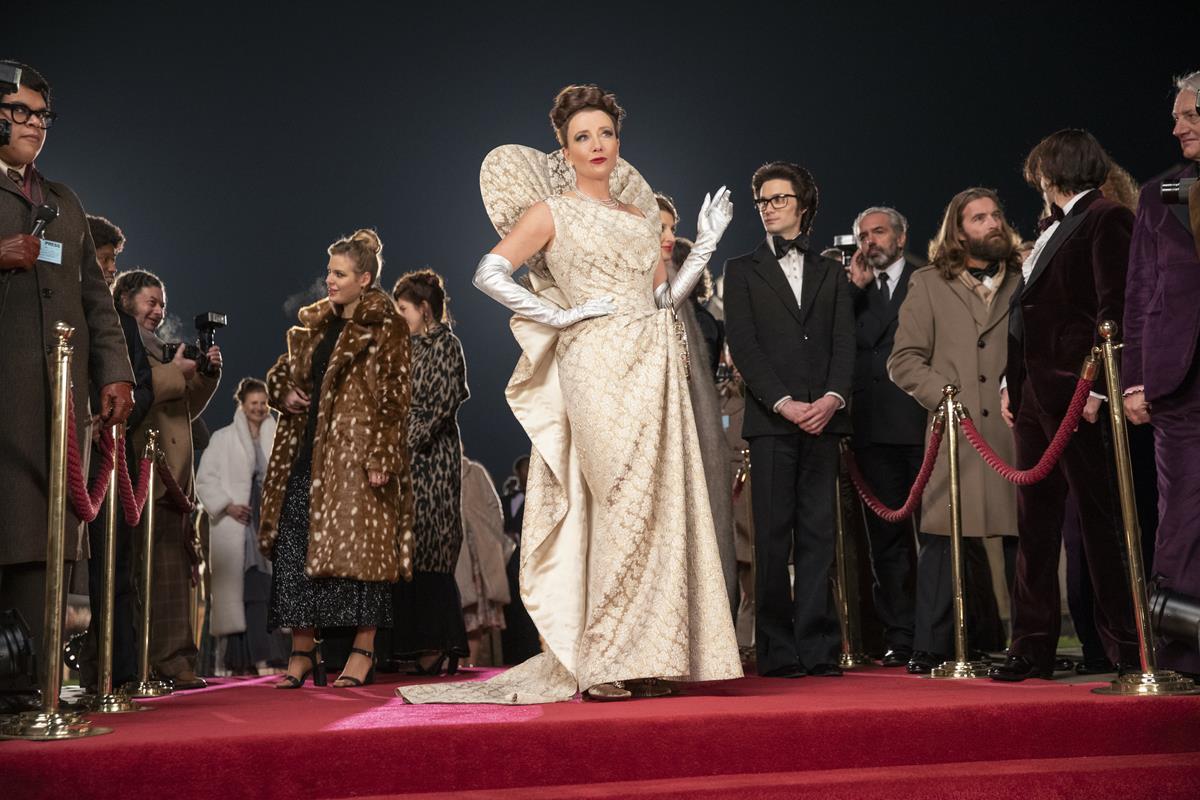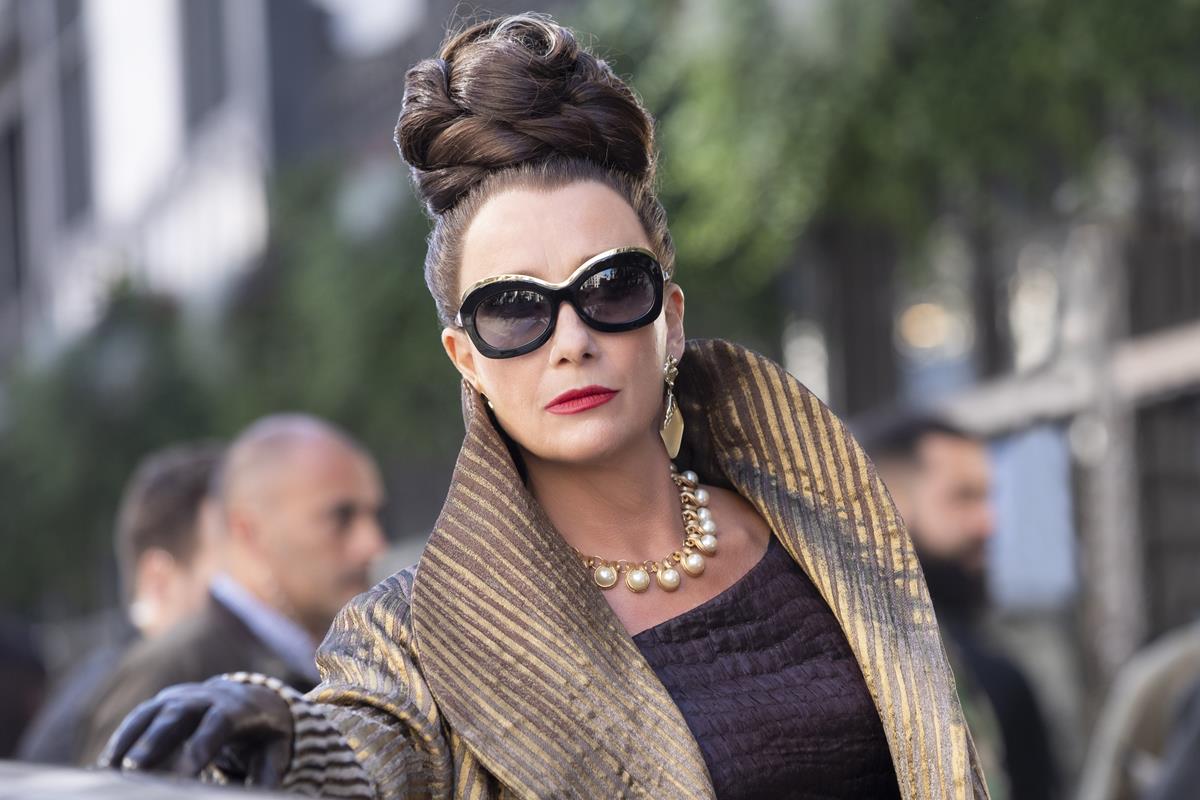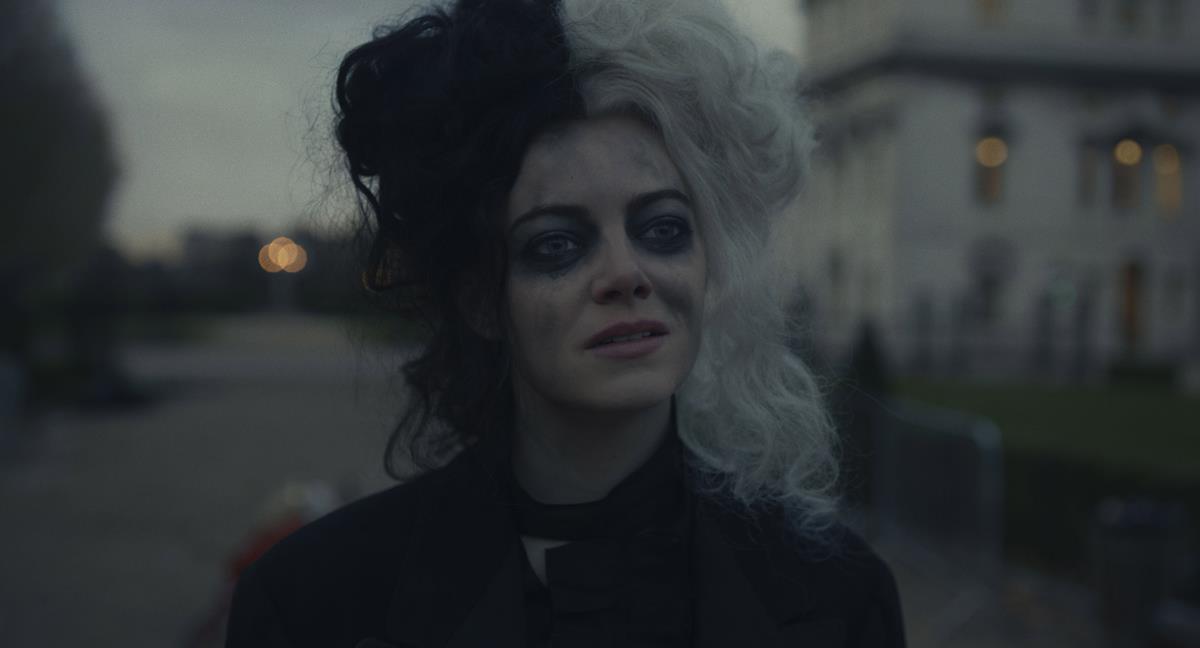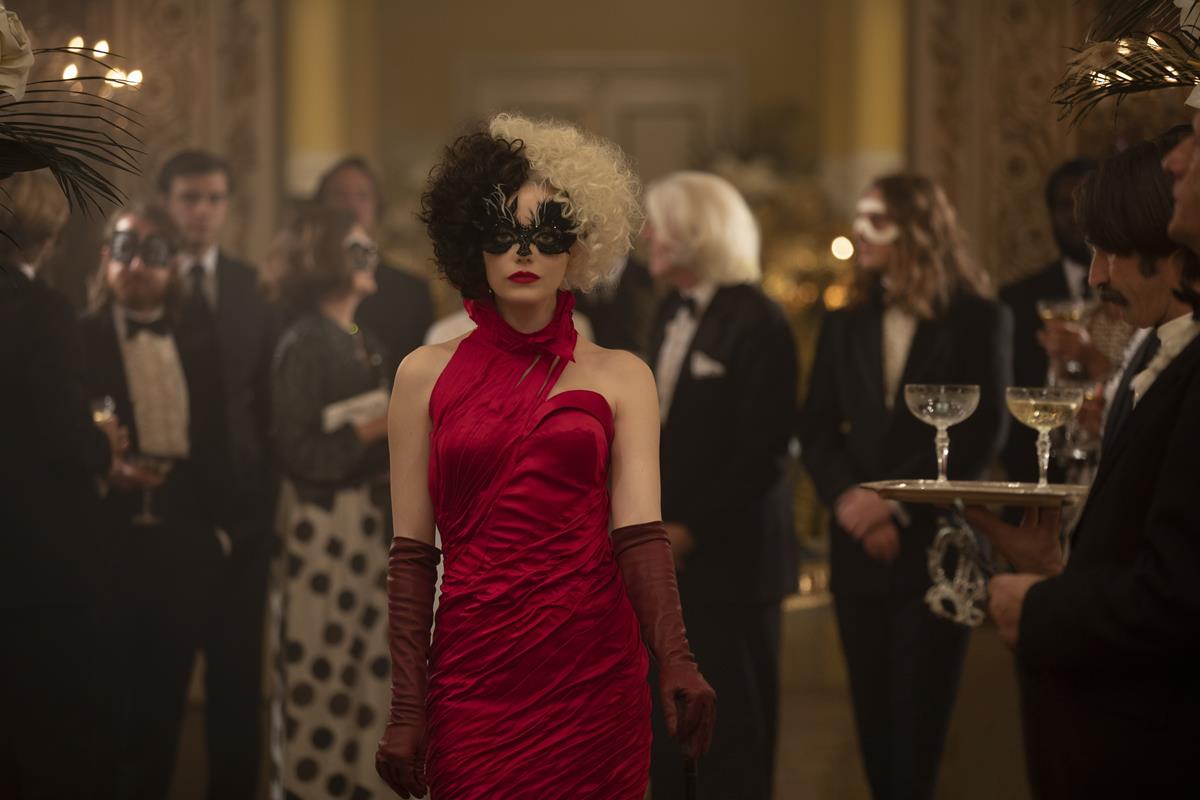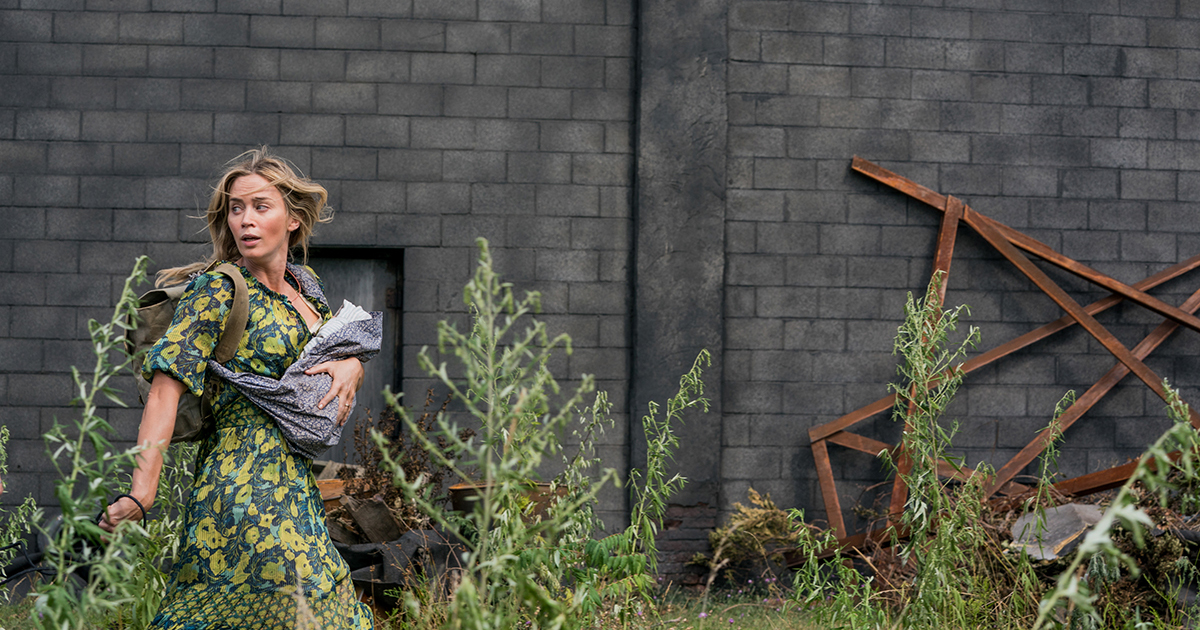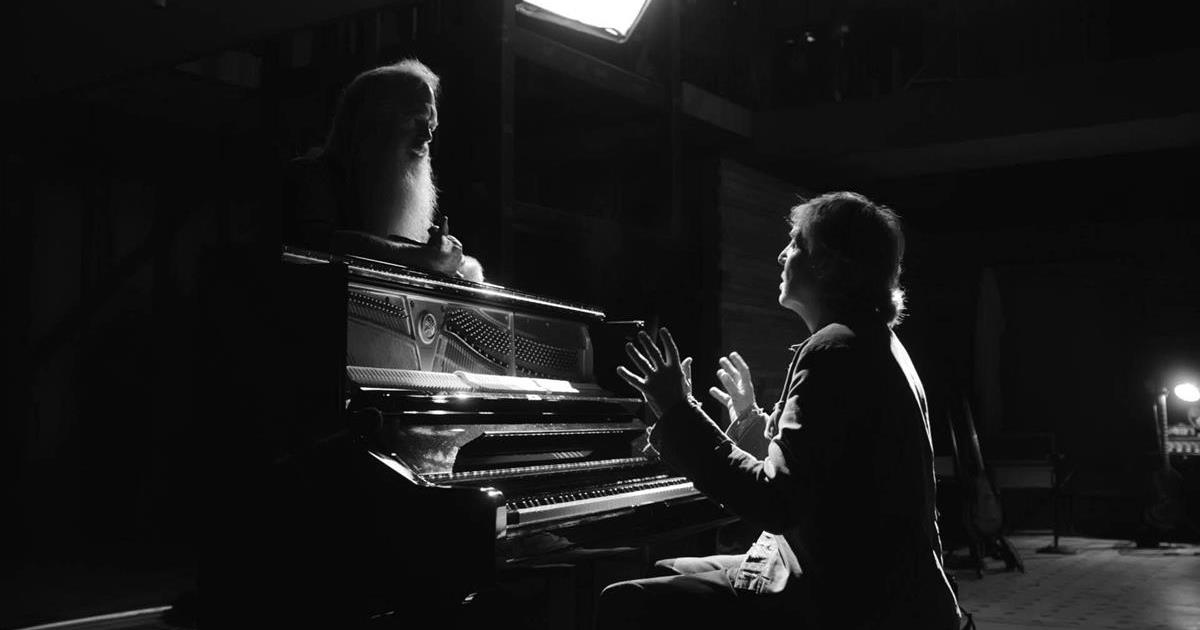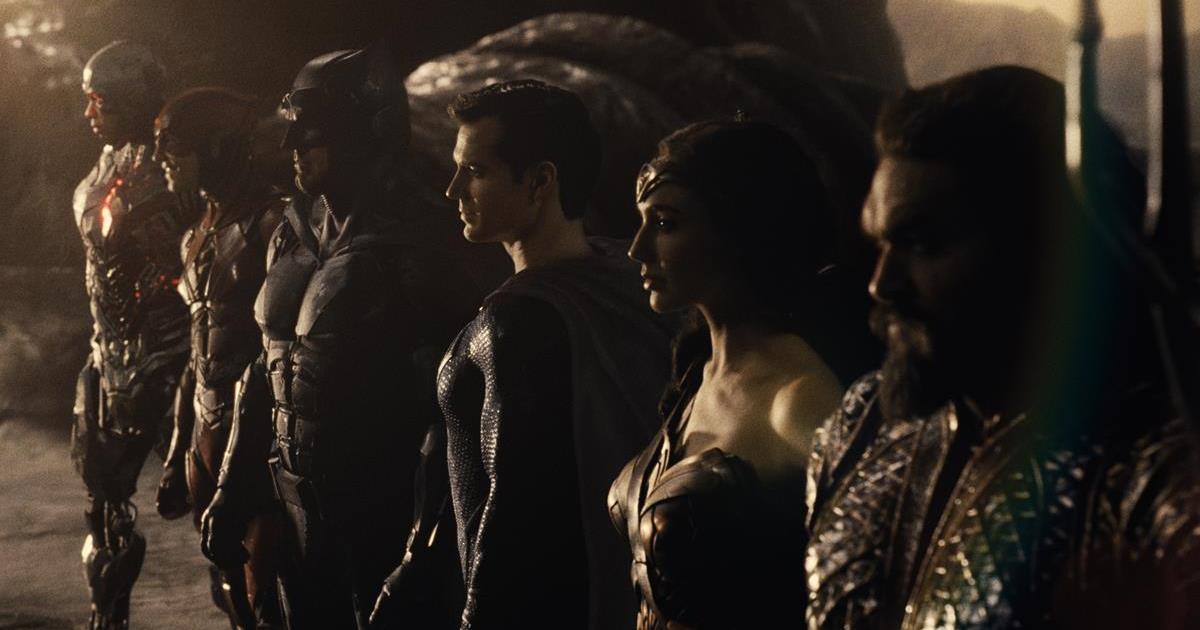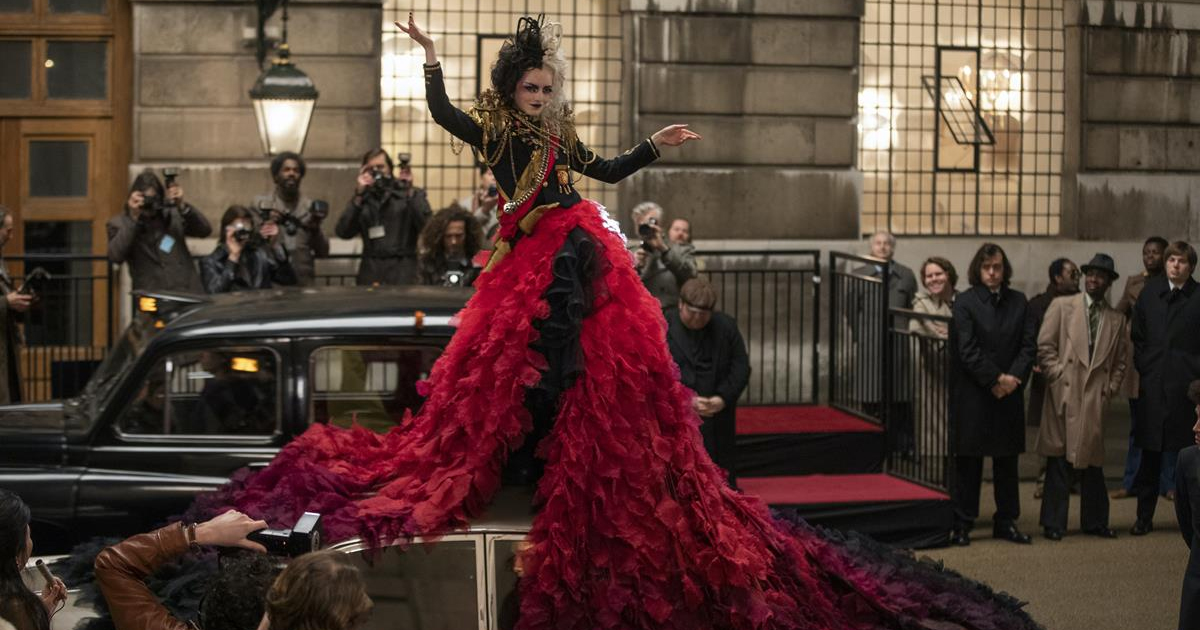
Disney’s latest live-action take on a classic animation had the unenviable task of opening in the middle of a global pandemic. What people might not realize is that Cruella’s relationship with COVID is almost as complicated as the titular character’s relationship with dogs.
The premiere in May 2021 was the first major red carpet event since the pandemic began, over a year since the post production staff were sent home to work on the film in isolation. “We were sent home Thursday March 12th, the day before our director’s cut screening,” recalls editor Tatiana S. Riegel on The Rough Cut podcast. “I have to say it was really upsetting because we get to this point where I’m super excited about the movie and they’re like, yeah, no screening, put it up on Pix for the studio.
“I just said, ‘Oh god this is going to be a disaster. It’s just going to be such a mess.’ But to Disney’s credit, it was fantastic. They kept us all employed… they got us set up at home very quickly and we worked for a year almost to the day at home.”
The team dialed into remote Avid Media Composers until Hula Post set Riegel up with a complete Avid system, as she tells postPerspective Magazine: “From that point, I worked using an independent hard drive and [first assistant editor Dan Boccoli] sent me media daily through Aspera, and [director Craig Gillespie] and I used Evercast.”
“I really missed my crew, though,” she continues. “I missed them coming into the room and having them watch scenes and give feedback. Watching scenes with other people in a room, you tend to watch through their eyes, so you end up being wonderfully critical of the work. When you don’t have that or test screenings, you have to rely on your gut.”
READ MORE: Cruella Editor Tatiana Riegel: Workflows During Covid (postPerspective Magazine)
Riegel expands on this idea of intuition on The Rough Cut, viewing the editor as the first audience of the film. “I feel like I am the only person on the crew that’s the audience,” she explains. “Everybody else has been through all of the other stuff; they’ve been through various versions of the draft — the casting, the location scouting, the shooting, was it a good day, bad day, rain — whatever those things are, it comes into the cutting room and I watch it. Do I buy it? Do I believe it? Am I moved by it? Did I laugh? That’s what I really try to focus on and remember, and hold onto that original feeling as long as I possibly can, because that’s what people are going to see.”
She adds that she dislikes going to set in case it clouds her judgement of a scene: “It doesn’t really do me much good to go. In fact, I think it is harmful. You get to learn the geography of a location. You get too attached to the production of it.” Unburdened by the baggage of the shooting experience, Riegel has a unique vantage point. “I think that it’s important that the editor can be as honest with the director as possible,” she notes. “I had the huge advantage of growing up in the film world, where I actually sat in the room with the editor and the director like a fly on the wall and got to learn about the politics of those situations. And I regret for assistants now, not being able to do that as much as I got to do that; it’s such a crucial part of the job.”
Riegel and Gillespie have now worked together on six features, including Lars and the Real Girl and I, Tonya. “The thing that I really like about Craig’s films is that he always grounds everything in a reality that then when these bigger, crazier things happen, you buy them because so much of the film is real,” she tells Frame.io Insider’s Art of the Cut.
“The same with Lars and the Real Girl. It was such an emotionally grounded film. Because the premise of the film is so crazy, you needed the film to be super emotionally grounded. And honestly, same with I, Tonya. You can’t get off that track. In terms of sculpting performance that was it. Sometimes you wanted those bigger moments — those bigger funnier crazy moments — because that’s what the film is. It’s supposed to be really fun, but you always have to make sure you stay with this sort of sense of reality — all things relative.”
READ MORE: Art of the Cut: Breathing New Life into Disney’s Arch-Villain, “Cruella” (Frame.io Insider)
For Riegel, Emma Stone’s voiceover brought that sense of fun to Cruella, despite its minimal use in the original script. “I felt like we were going to need more, not as a band-aid, but as another character, as another way to delve into who this person is,” Riegel says on The Rough Cut. Stone ended up recording additional voiceover on her iPhone, much of which ended up in the film. “She just nailed it the first time,” recalls Riegel. “We did re-record the whole thing again on an ADR stage at the end, but her first stuff was just so fantastic. There was no reason to change it!”


